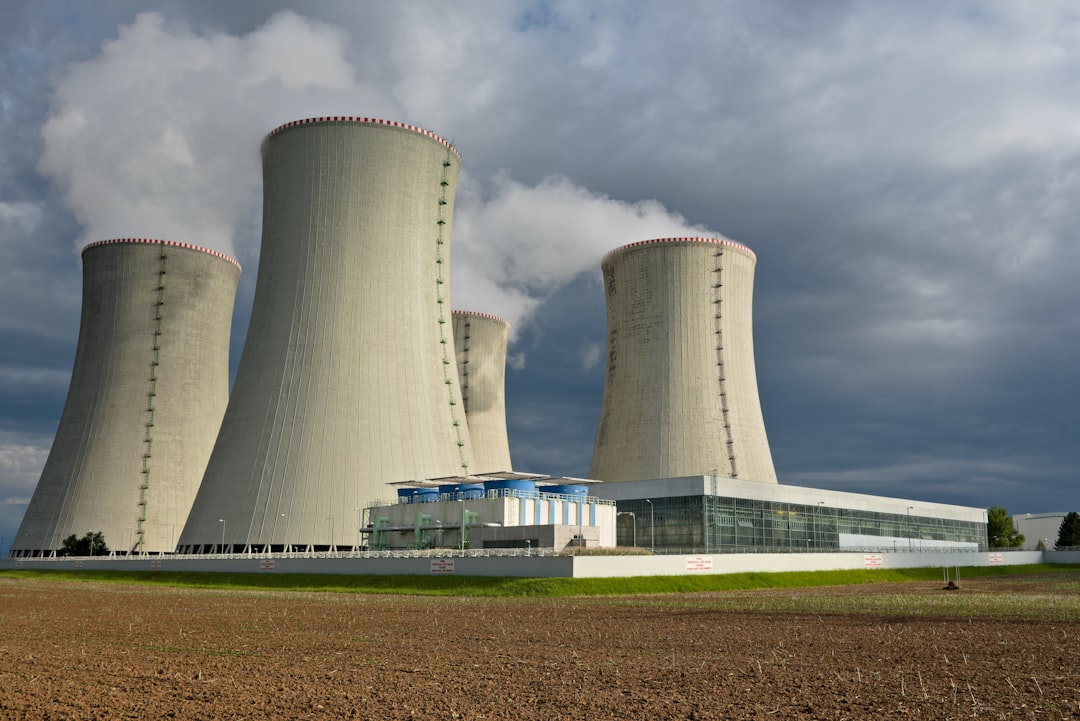What is it about?
Zinc oxide nanostructures are increasingly important for technology. Chemical Vapor Deposition (CVD) is a widely used method to realize these materials, but the molecular details of the fabrication process are unknown. For example, there are still many open questions regarding how the precursor molecules decompose and react to form the new material when they come in contact with the growth surface. Using computer modeling, here we show how a precursor for ZnO nanostructures behaves on a support for CVD deposition.
Featured Image
Why is it important?
This study demonstrates the key role of the temperature of the CVD growth surface in triggering the activation of the precursor. A key result is that the zinc precursor molecules in contact with the heated surface undergo a fast rolling motion, which occurs at much lower temperatures compared to copper precursors of the same family. This finding may explain the different reactivity and the different type of oxide nanostructures obtained from chemical vapor deposition using copper and zinc precursors.
Perspectives
Understanding the behavior of the precursor molecules on the growth surface at the experimental conditions of the CVD process is fundamental to unravel the decomposition mechanisms initiating the nanostructure growth. This insight sheds new light on the microscopic processes which convert molecules to nanostructures and may enable synthesists to tailor the initial stages of nanomaterials fabrication.
Gloria Tabacchi
university of insubria
Read the Original
This page is a summary of: CVD precursors for transition metal oxide nanostructures: molecular properties, surface behavior and temperature effects, physica status solidi (a), October 2013, Wiley,
DOI: 10.1002/pssa.201330085.
You can read the full text:
Resources
Cover Picture: CVD precursors for ZnO nanostructures
The cover image shows different snapshots of the Zn molecular precursor, which illustrate its peculiar and multifaceted dynamics on the heated support in chemical vapor deposition processes (CVD).
Rolling motion of a Cu complex on a hot surface
Article reporting the first observation of the fast rolling motion of molecules when in contact with very hot surfaces, as those used in CVD process (750 K)
Computer modelling of the chemical vapor deposition process
Perspective article on the computer modeling of molecule-to-material fabrication processes. The main issues are discussed and possible strategies for future advances in the field are presented.
Molecule-to-material by first principles
Excellent article by R. Cortes, explaining why it is important to explore "in-silico" the molecule-to-material conversion processes
Academia.edu
our article page in Academia: article text and cover image
ResearchGate
Our article page in ResearchGate (full text of the article)
chemical vapor deposition precursors for oxide nanostructures
Green open access version (author version) of the paper
Contributors
The following have contributed to this page










